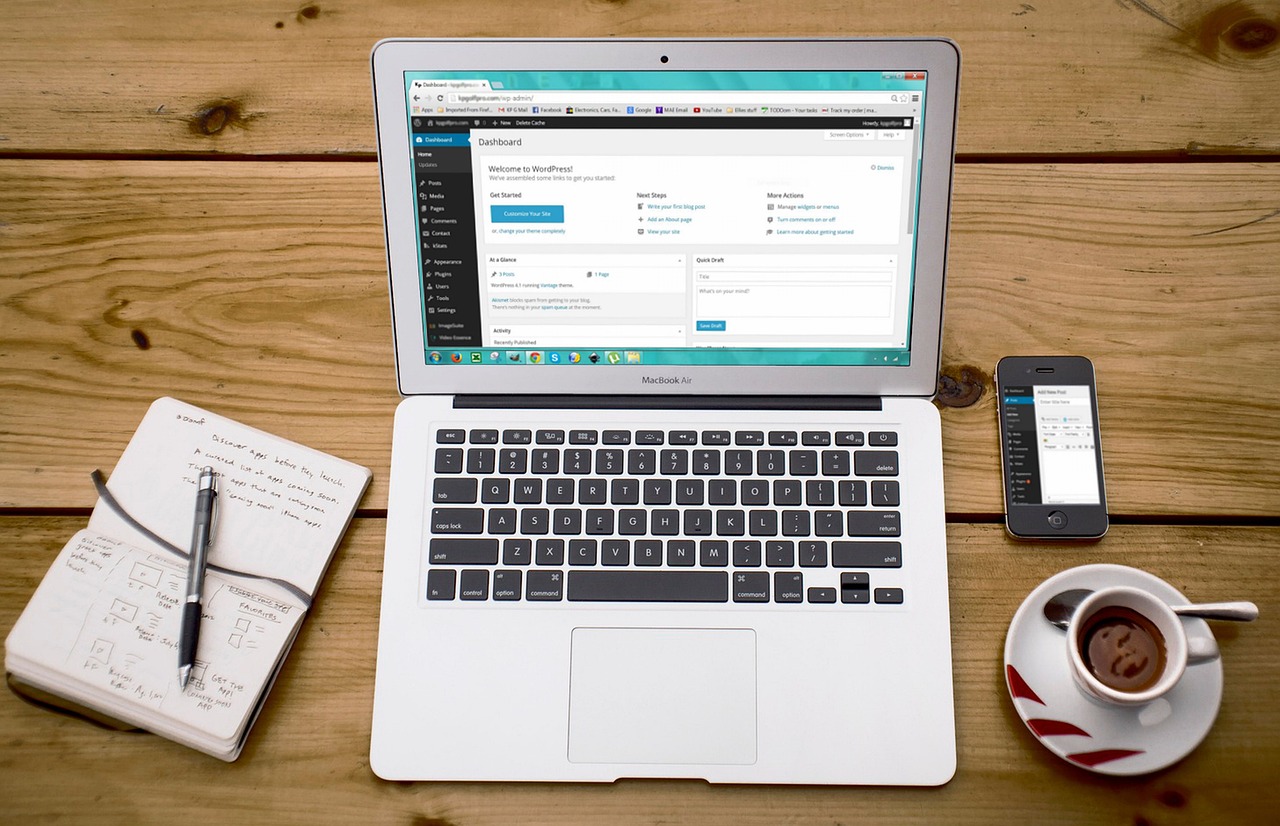*This article is an English translation of a Japanese article.
A Web Accessibility Policy is a fundamental guideline established to ensure that websites and web applications are accessible to all users, regardless of their abilities. This policy serves as the foundation for companies and public institutions to clarify their commitment to web accessibility and implement it across the organization. In this article, we will explain the concept of a web accessibility policy, its importance, steps for creating it, key components, and advice for successful implementation.
1. Overview of a Web Accessibility Policy
A web accessibility policy is an official document that outlines the standards and guidelines aimed at making websites accessible to all users. It serves as a foundation for web content creators and developers to implement accessible design and clarifies the organization’s responsibility towards accessibility.
Main Objectives
- Ensure Accessibility: Make web content equally accessible for all users, including people with disabilities and older adults.
- Meet Legal Requirements: Ensure compliance with legal requirements and industry standards related to accessibility, such as WCAG 2.1.
- Fulfill Social Responsibility: Demonstrate the organization’s commitment to creating an inclusive society by publicly supporting web accessibility efforts.
2. Importance of a Web Accessibility Policy
A web accessibility policy plays a crucial role for organizations in the following ways:
- Catering to a Diverse User Base: By embedding accessibility into organizational practices, the policy helps broaden the user base and improve user satisfaction.
- Reducing Legal Risks: Addressing accessibility issues helps mitigate legal risks, especially for public institutions and large enterprises where compliance is mandatory.
- Enhancing Brand Image: Offering an accessible website enhances the brand image, portraying the company as socially responsible.
3. Steps to Create a Web Accessibility Policy
The following steps outline a typical process for creating a web accessibility policy:
3.1 Define Clear Goals
- Clarify the Objectives: Define specific goals for the accessibility policy, such as “All new content will comply with WCAG 2.1 AA standards.”
3.2 Draft the Policy
- Choose Accessibility Standards: Select relevant standards to comply with, such as WCAG (Web Content Accessibility Guidelines).
- Collaborate with Stakeholders: Work with developers, designers, and content creators to draft the policy.
3.3 Publish and Implement the Policy
- Make the Policy Public: Publish the policy on the website, showing users and stakeholders the organization’s commitment to accessibility.
- Create an Implementation Plan: Develop a detailed plan, including an accessibility evaluation schedule and assigning responsibilities.
3.4 Regular Evaluation and Updates
- Periodic Reviews: The policy should be regularly reviewed and updated to reflect technological advancements and user feedback.
4. Key Components of a Web Accessibility Policy
A web accessibility policy typically includes the following elements:
4.1 Accessibility Standards
- Specify Standards: Clearly state the accessibility standards (e.g., WCAG 2.1 AA level) the organization will follow.
- Scope of Application: Define the scope of the policy, such as all web pages, mobile applications, etc.
4.2 Implementation Methods
- Action Plans: Outline specific actions for improving accessibility, such as regular testing and updates.
- Education and Training: Provide training and resources for developers and content creators to ensure compliance with accessibility guidelines.
4.3 Feedback and Response
- Establish a Feedback System: Provide a channel for users to submit feedback on accessibility issues.
- Response and Improvement Process: Define how feedback will be addressed and outline the steps for improvement.
5. Advice for Implementing a Web Accessibility Policy
When implementing a web accessibility policy, consider the following points:
- Organizational Commitment: Accessibility should be a company-wide effort, not just the responsibility of a few individuals. Support from upper management is essential.
- Collaboration with Stakeholders: Strengthen collaboration among users, development teams, designers, and content creators to drive accessibility improvements.
- Continuous Improvement and Learning: Accessibility is an ongoing effort. Continuously learning and improving ensures a better user experience for everyone.
- Use Tools and Resources: Leverage accessibility evaluation tools and resources based on guidelines to implement effective solutions.
A web accessibility policy is a critical step toward creating an inclusive web. By establishing and implementing this policy across the organization, you can offer a website that is accessible to all users. Accessibility is not just about legal compliance; it is an essential effort to build a web that everyone can use equally.
We have released the UUU Web Accessibility Widget Tool, designed to make web accessibility easy to implement. This tool helps improve the accessibility of websites quickly and efficiently, even without specialized knowledge.
If you’re interested in enhancing your website’s accessibility, please check out the details. We are here to support you in making your website more user-friendly and accessible to a wider audience.
